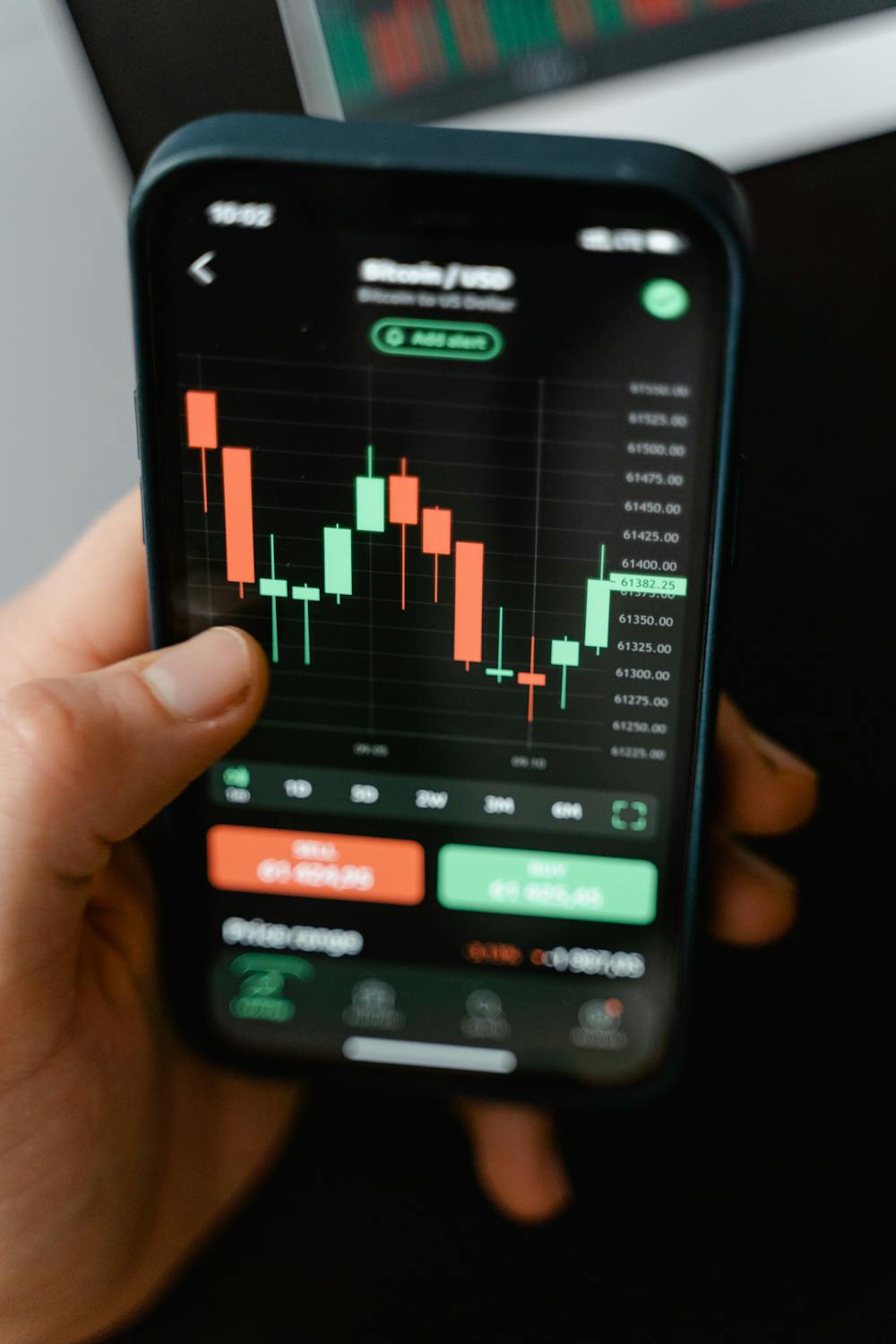Risk Management in Forex Trading

Forex trading offers significant profit potential, but it also comes with high risks. Without effective risk management, even skilled traders can suffer devastating losses. Risk management is the practice of identifying, assessing, and controlling threats to your trading capital. This article will explore critical risk management strategies every Forex trader should implement to stay in the game long term.
Why Risk Management Matters
Most new traders underestimate the importance of risk management. They focus on making profits while ignoring the potential for loss. The truth is, success in Forex trading is more about preserving capital than achieving huge gains. Proper risk management allows you to survive losing streaks and maintain a consistent trading strategy without being wiped out.
1. Setting Stop-Loss Orders
A stop-loss order automatically closes a trade when the market moves against you by a certain amount. It prevents small losses from becoming large ones. Traders should place stop-loss orders based on technical levels, such as support and resistance, or a fixed percentage of their account size.
2. Determining Position Size
Position sizing is the process of deciding how much to trade on each position. It's crucial to risk only a small percentage of your capital per trade—commonly 1-2%. This ensures that even a string of losing trades won't drastically affect your account balance.
3. The Risk-to-Reward Ratio
The risk-to-reward ratio measures how much you stand to gain compared to how much you risk losing. A good rule of thumb is to aim for a minimum of 1:2 ratio. This means risking $100 to potentially make $200. With a high enough win rate and a favorable risk-to-reward ratio, you can be profitable over time.
4. Using Leverage Cautiously
Leverage allows traders to control larger positions with a small amount of capital, but it magnifies both profits and losses. Excessive leverage can quickly deplete your account. Stick to low leverage, especially if you're a beginner, and always understand how much you're exposed to in the market.
5. Diversifying Trades
Don’t put all your eggs in one basket. Diversification means spreading your trades across different currency pairs or even different financial instruments. This helps reduce the impact of a single losing position on your overall portfolio.
6. Emotional Discipline
Fear and greed are the enemies of successful trading. Emotional discipline means sticking to your trading plan and not making impulsive decisions based on recent outcomes. Accept that losses are part of trading, and avoid revenge trading or doubling down after a loss.
7. Keeping a Trading Journal
Documenting every trade, including entry/exit points, reasons for taking the trade, and outcomes, helps you learn from past mistakes. Over time, this practice improves your decision-making and risk assessment skills.
8. Understanding Market Conditions
Markets behave differently under various conditions—ranging, trending, volatile, or calm. Adapting your risk parameters based on current market behavior can prevent unexpected losses. For instance, widen your stop-loss in highly volatile conditions to avoid being stopped out too early.
9. Avoiding Overtrading
Overtrading usually stems from the desire to recover losses or capitalize on every movement. It increases exposure and leads to burnout. Stick to quality setups and predefined strategies instead of chasing the market.
10. Setting Daily Loss Limits
Establish a maximum amount you're willing to lose in a day. If that limit is reached, stop trading for the day. This discipline prevents emotional decisions and helps protect your mental well-being and trading capital.
Advanced Risk Management Techniques
- Hedging: Using correlated positions to offset potential losses.
- Trailing Stop-Loss: Moves with the market in your favor, locking in profits.
- Scaling In and Out: Adding or reducing positions in stages to manage risk better.
The Psychology of Risk
Risk perception is influenced by your beliefs, experience, and confidence. Traders must cultivate a mindset that accepts risk as part of the game and focuses on consistent execution over emotional reactions.
Creating a Personal Risk Management Plan
Every trader should develop a plan tailored to their financial goals, risk tolerance, and trading style. This plan should include specific rules for position sizing, stop-loss placement, and maximum daily drawdown limits.
Conclusion
Risk management is the backbone of successful Forex trading. It's not just about protecting your capital—it's about ensuring longevity in the market. By implementing these techniques, traders can survive inevitable losses and position themselves for long-term profitability. Always remember: great traders are not just great analysts; they are excellent risk managers.
Disclaimer: Forex trading involves significant risk and is not suitable for all investors. This article is for educational purposes only and does not constitute financial advice.